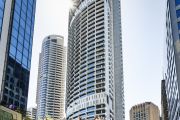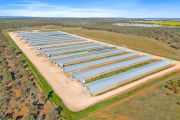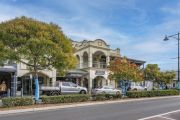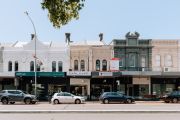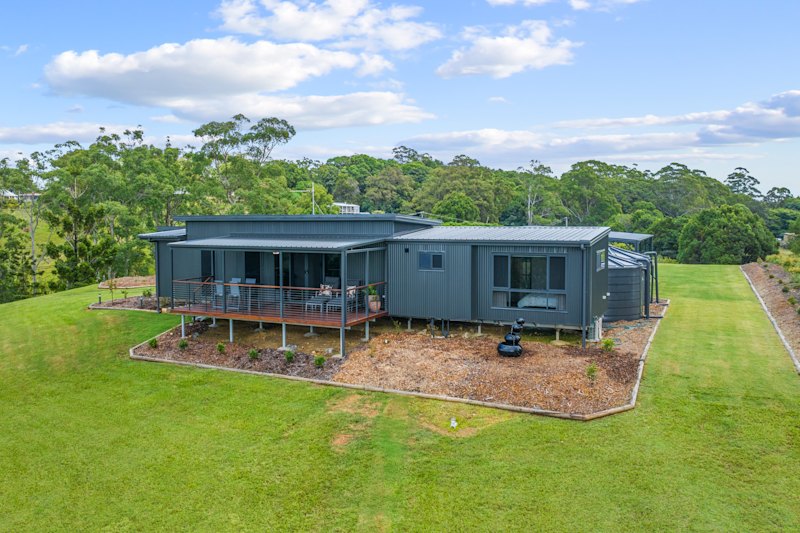
Ship-in homes receive show of faith from big four bank
Commonwealth Bank has partnered with Queensland-based modular home builder Oly Homes to nearly triple its output of prefabricated residential dwellings in a show of faith for the sector and as state and federal government housing targets hang in the balance.
Australia’s largest mortgage lender is funding the construction of a new 21,900 square metre factory on the Sunshine Coast for Oly Homes – set to be built in the second half of 2026. Once built, the factory will help lift Oly Homes’ annual average from 200 homes to about 550 a year.
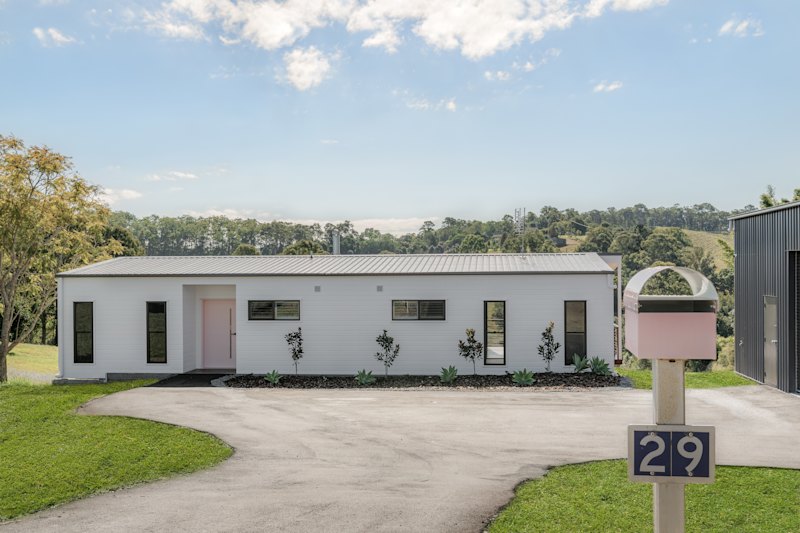
While industry analysts aren’t convinced this is the “silver bullet” to Australia’s housing crisis, it could help close in on the federal government’s National Housing Accord target of building 1.2 million new homes by mid-2029.
On Tuesday, CBA revealed it would offer loans of up to 80 per cent of as much as a $1.5 million fixed-price build from five manufacturers: Modscape, JMB Constructions, Prebuilt, Saltair Modular and Oly Homes. Outside approved manufacturers, customers will be able to receive up to a 60 per cent loan on a modular residence.
Before, typically only 5-10 per cent of that was covered by a bank, and up to 20 per cent in Queensland and Tasmania.
The bank announced at the beginning of this year that it would begin offering loans for this housing type by the second quarter of 2025.
Damien Crough, executive chairman of the peak body for Australia’s off-site construction industry prefabAUS, said until now, the greatest challenge to the industry was that financial modelling, regulation and planning were all designed around building on site.
“We build in factories and we build really fast,” Crough told The Australian Financial Review. “We build in 10 to 16 weeks typically [for] most homes built in a factory, whereas Master Builders data shows 55 weeks minimum for a conventional build.”
PrefabAUS is also finalising a standard form contract, which will be available in August and will recognise the flow of funds to manufacturers or prefab builders as well as provide more security to purchasers and financiers.
Grant Cairns, executive general manager of business lending at CBA, said the bank hoped to lead the way in scaling prefabricated housing across Australia.
“In Australia, prefabricated housing is just emerging,” Cairns said. “But prefab housing has proven successful in many other markets globally – it’s an estimated 15 per cent of the market in Europe and as high as 80 per cent in Sweden.
“Given the track record in other countries, we would expect to see Australia’s prefab sector expand with the right support.”
Steven Nousala, general manager at Oly Homes, said the support from CBA would allow the business to go to the next level, and open the market up to first-home buyers and young families who couldn’t get finance before.
“It’s just opened a whole range of different demographics that weren’t within our scope of potential clients,” Nousala told the Financial Review. “We’re expecting great growth out of it.”
While the construction company transports modular homes across regional Queensland, it now hopes to eventually expand into the Northern Territory.
Another manufacturer in CBA’s approved list is Saltair Modular, one of Queensland’s leading prefabricated modular builders, which can produce about 19,000 modules annually from their factories in Coolum and Brisbane.
Marketing manager Billie Higgins said more people, including CBA’s team, were recognising that speed in building was necessary in Australia’s current housing climate – something the modular industry could provide.
“There has historically been red tape or financing has certainly been an issue for those residential builds,” Higgins said. “CommBank has very much come along… by recognising modular more as something that needs financing.”

While prefab and modular building was an important piece of the puzzle in tackling Australia’s housing crisis and meeting housing accord targets, Denita Wawn, chief executive at Master Builders Australia, said it wasn’t a silver bullet.
“Addressing planning reform, labour shortages, and other productivity-sapping policies remains critical to meeting the housing targets,” Wawn said.
State and federal governments needed to stop deterring foreign investment in the building sector for modular and prefabricated home building to expand, Tim Reardon, chief economist at the Housing Industry Australia, said.
One in 10 detached homes built in Australia were built by overseas-owned companies that had access to the most advanced manufacturing and prefabrication facilities in the world, he said.
“We are only denied access to those advanced capabilities because of state and federal government policies that are specifically impeding foreign investment in improving the productivity of the Australian building industry,” Reardon said.
“At its core, productivity in any industry can be improved by allowing access to overseas finance.”

